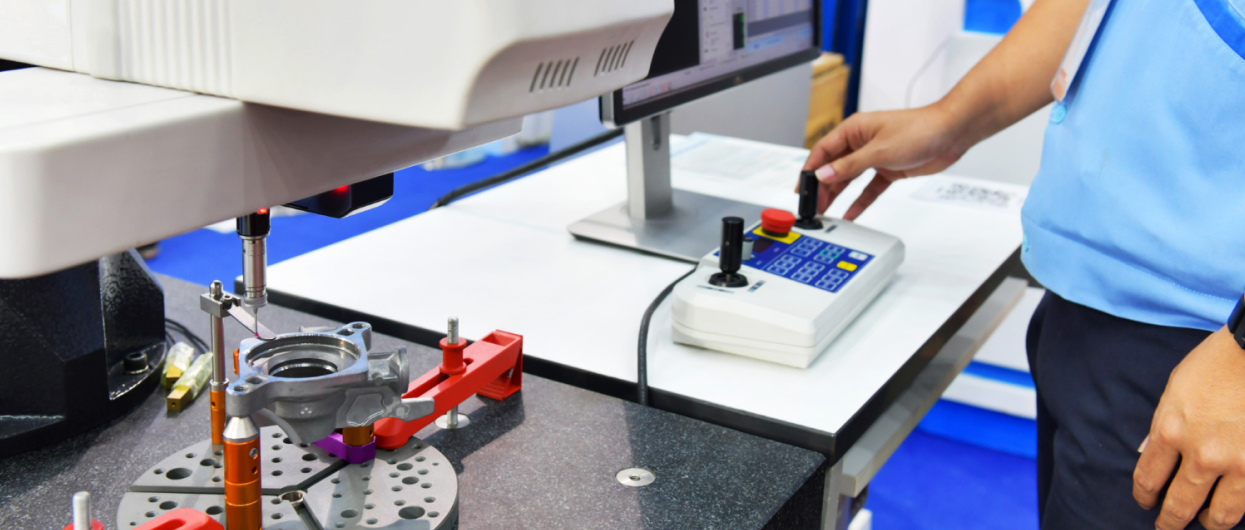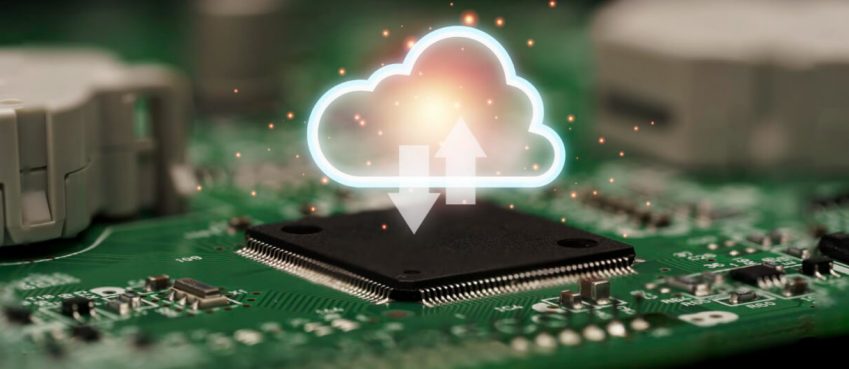
Rapid prototyping is a method of product development that entails making and testing physical prototypes of a product in a short amount of time. In this way, businesses can solicit feedback from their key stakeholders and customers early in the development process, ensuring that their finished product lives up to their expectations and requirements. In this article, we would like to discuss five benefits of rapid prototyping in new product development, to give you a better understanding.
Faster Product Development
One of the key benefits of rapid prototyping is speed. By using prototype manufacturing techniques, companies can quickly create and test multiple iterations of a product, making it easier to identify and fix design flaws and refine the product’s features. It can help reduce development costs by discovering defects before going into mass production. Also, depending on its short turnaround time, rapid prototyping enables companies to bring new products to market faster, which enhances their competitiveness.
Flexibility
Another advantage of rapid prototyping is flexibility. Companies can easily modify and refine their prototypes based on feedback from customers and other stakeholders using this approach. Moreover, it plays an essential role in discovering possible errors in later manufacturing. It helps design companies deliver design-for-manufacturability work. By making changes early in the development process, they can avoid costly and time-consuming redesigns later on.
Also read: What Is Pokemon Sleep? The Pokemon App Will Put You To Sleep!Higher Accuracy and Precision
In addition, rapid prototyping also offers greater accuracy and precision than traditional prototyping methods. With computer-aided design (CAD), CNC machining, and 3D printing technologies, companies can create highly detailed and complex prototypes that accurately reflect the final product’s form and function. Despite the shape and function, with proper finishing treatments, the look of the prototypes can be the same as the renderings.
Facilitate Collaboration
Also, rapid prototyping facilitates collaboration between different teams and departments within a company. With physical prototypes that visualize the product’s form, function, and user experience, designers, engineers, and other stakeholders can better communicate their ideas and work together to refine the product’s design and features.
Furthermore, businesses can display prototypes at trade shows to facilitate communication with potential customers.
Reduce Risk
Finally, rapid prototyping can help companies reduce the risk of failure by allowing them to test their products early and often. By getting feedback from customers and other stakeholders early in the development process, companies can identify potential problems and make changes before the product goes to market. Because if the issues happen in the molding stage, the losses would be huge. With the help of rapid prototyping, these possible risks can be avoided easily and at low expenses.
Conclusion
In summary, rapid prototyping is a powerful tool for product development that offers many benefits over traditional prototyping methods. By using prototyping techniques, companies can speed up development time, improve flexibility, accuracy, and precision, facilitate collaboration, and reduce the risk of failure. As technology continues to evolve, rapid prototyping will likely become an even more vital part of the product development process.
Top 10 News
-
01
Top 10 Deep Learning Multimodal Models & Their Uses
Tuesday August 12, 2025
-
02
10 Google AI Mode Facts That Every SEOs Should Know (And Wha...
Friday July 4, 2025
-
03
Top 10 visionOS 26 Features & Announcement (With Video)
Thursday June 12, 2025
-
04
Top 10 Veo 3 AI Video Generators in 2025 (Compared & Te...
Tuesday June 10, 2025
-
05
Top 10 AI GPUs That Can Increase Work Productivity By 30% (W...
Wednesday May 28, 2025
-
06
[10 BEST] AI Influencer Generator Apps Trending Right Now
Monday March 17, 2025
-
07
The 10 Best Companies Providing Electric Fencing For Busines...
Tuesday March 11, 2025
-
08
Top 10 Social Security Fairness Act Benefits In 2025
Wednesday March 5, 2025
-
09
Top 10 AI Infrastructure Companies In The World
Tuesday February 11, 2025
-
10
What Are Top 10 Blood Thinners To Minimize Heart Disease?
Wednesday January 22, 2025







